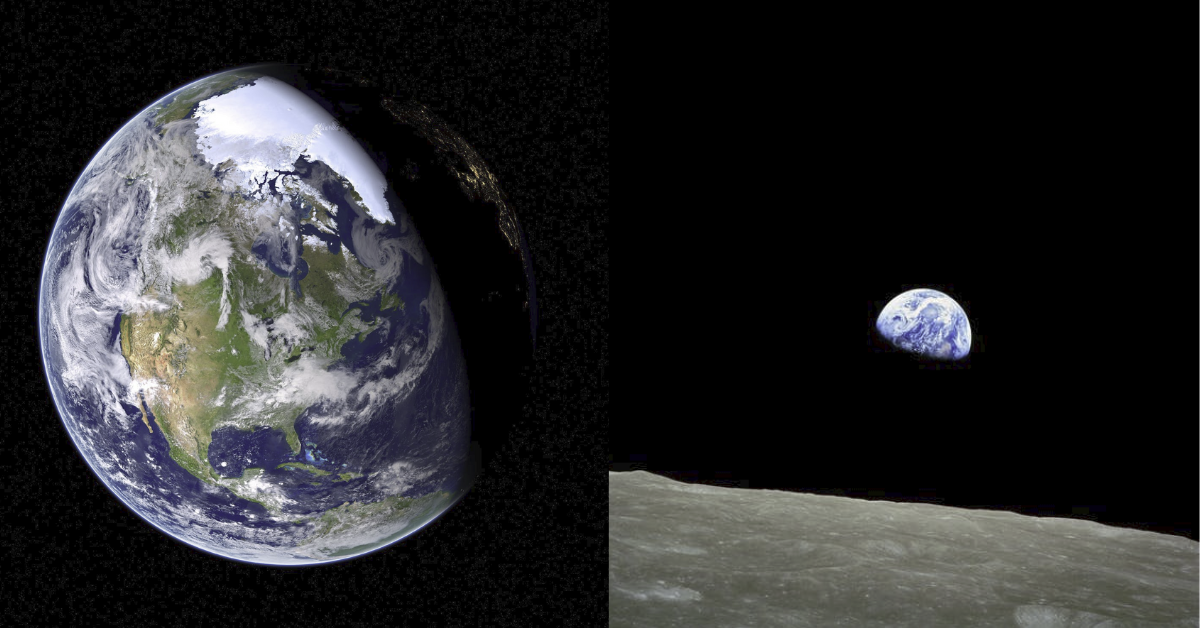People from a non-science background are yet ignorant or don’t care about the underlying cause behind day and night and the change of seasons.
All eight planets in our solar system have two types of unceasing motions when it performs their daily movement: diurnal (or rotational) and annual motion (or revolution). Diurnal motion lasts about 23 hours, 56 minutes, and 45 seconds. This is the time the Earth takes to go around its own axis alias, and it is one day. And the annual motion is the time taken by the Earth to move around the Sun, which is about 365 days, 48 minutes, and 46 seconds also called one year.
The farther the planets are from the Sun, the more will be the annual period, i.e., the yearly period of Neptune is far more than Mercury’s. One year of Earth is usually taken to be 365 days for our convenience and the remaining 5 hours and 48 minutes pile up aside and in four years, it becomes one extra day to make the year of 366 days, called Leap year. A leap year occurs in that English year which is divisible by four viz: 2012, 2016, 2020 and on. In this particular year, February has 29 days.
It implies that guys having a birthday on February 29 can celebrate it only once in 4 years! The path of the Earth around the Sun isn’t perfectly circular, but it is elliptical and Earth sometimes goes far from the Sun, called ‘apogee’ and sometimes reaches near to the Sun, called ‘perigee.’ This is the chief factor of the summer and the winter. Moreover, the axis of rotation of the Earth and the orbital plane around the Sun is not exactly perpendicular, but it is tilted to an angle of 66.5 degrees. This causes the northern and southern hemispheres to face toward the Sun or away from the Sun. On March 21 and September 23, the positions of the Earth would be such that both the hemispheres receive the sunlight equally at all times, so at these dates, the day and night are equal, i.e., 12 hours each throughout the Earth (called equinox).
On the other hand, on 21 June the northern hemisphere, where Nepal also locates, is facing towards the Sun and receives sunlight for a longer time; therefore at this date, the day would be longest in the northern hemisphere and the night would be the shortest but there would be an inverted situation in the southern hemisphere where Australia lies. On December 22, the northern hemisphere faces away from the Sun and hence it receives sunlight for relatively fewer hours, therefore, we have a day of the least hours at this date and, consequently longest night. Let’s notice this least-hour day and complete your sleep fervor on the longest night of December 22.

The writer holds an M.Sc. degree in Physics and is currently teaching Physics in Colleges, Nepal.

